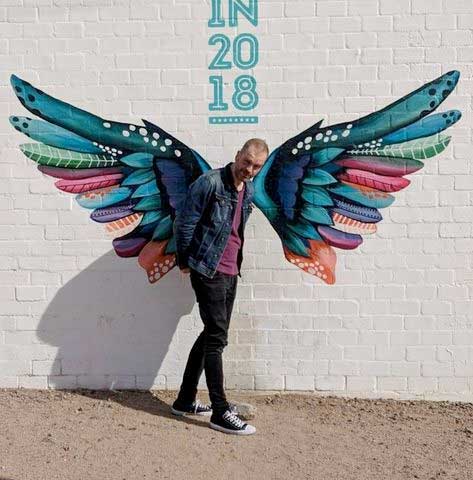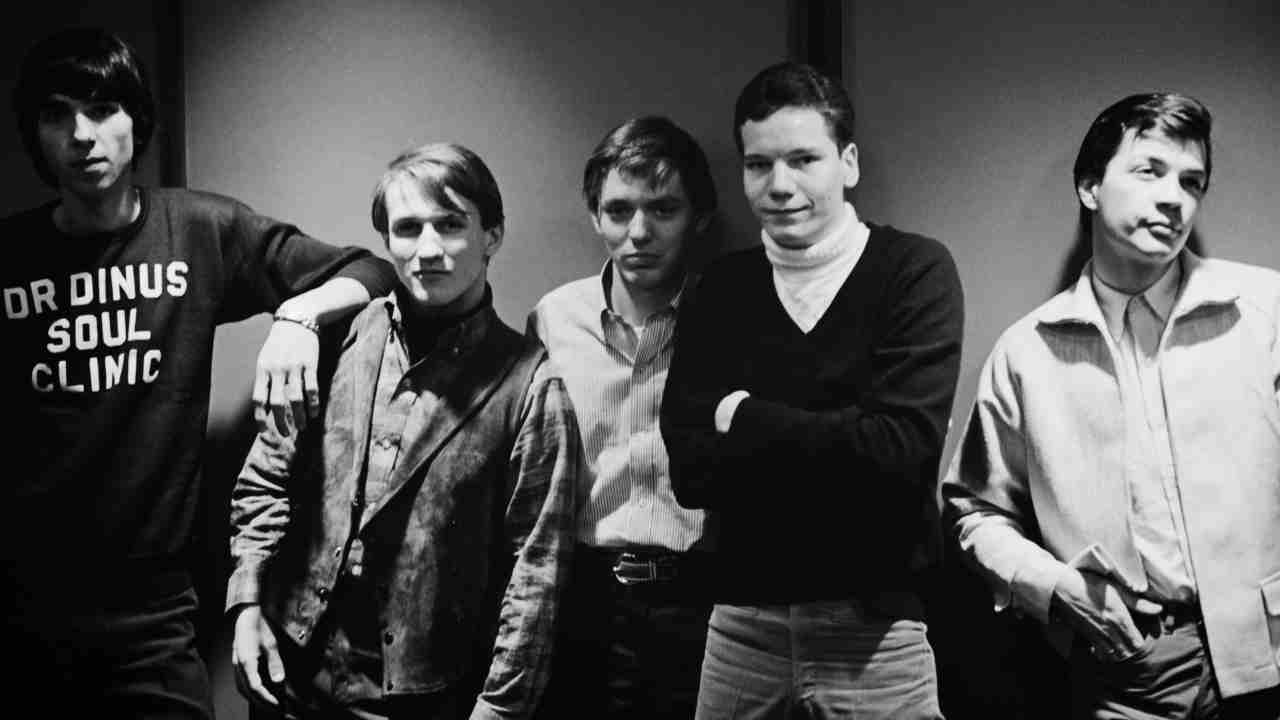“We were originally supposed to be doing the song with Axl Rose, but he never turned up to the session”: The crazed early 90s techno collaboration that saved a 70s rock icon’s career – and his life
It could have been Axl Rose or Roger Daltrey – but The KLF went for someone completely different
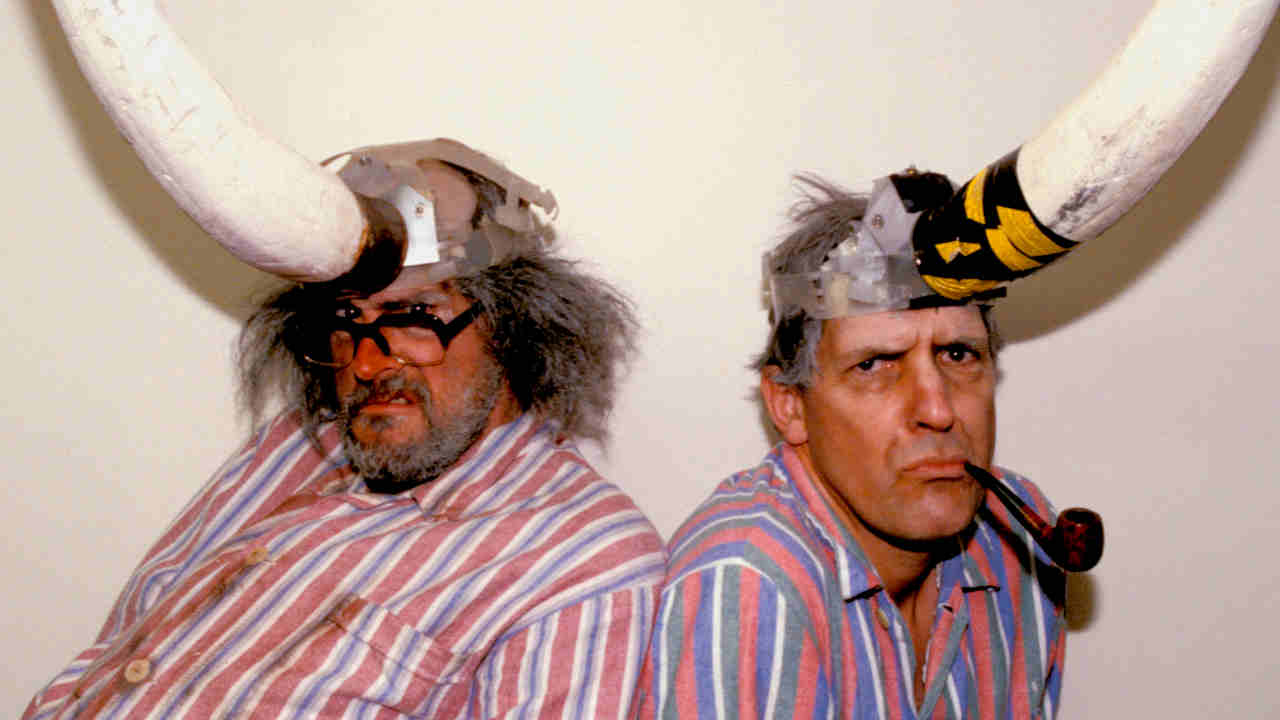
Glenn Hughes had it all in the 1970s and then came very close to throwing everything away in the 1980s.
Plucked from livewire rockers Trapeze to join Deep Purple’s Mk III in 1973, bassist/vocalist Hughes and fellow new boy David Coverdale helped revitalise Purple after the departure of original singer Ian Gillan and bassist Roger Glover.
Hughes made three brilliant albums with the band – 1974’s Burn and Stormbringer, plus 1975’s Come Taste The Band. But at the same time, he had fallen into serious drug addiction.
“When anyone has success, there will be people around offering them stuff – jewellery, watches, girls, drugs,” Hughes tells Classic Rock. “When I joined Purple I was given all kinds of drugs, pills, things like that. I’d flush them down the toilet or just leave them in my pocket and not do anything with them.
“After about six months in Purple, I started to go: ‘What is this stuff about, cocaine?’ One night, I found something in my pocket. I was alone in my room, and I sniffed some of it. I went: ‘Oh, this is fun. This is making me happy’.
“Slowly but surely I started becoming addicted. I thought: ‘I’m young, isn’t everybody snorting cocaine off of strippers’ bums?’”
After Purple’s split in 1976, Hughes’ addiction worsened. By the 1980s, he was in a bad way, strung out on cocaine and, later, crack.
Sign up below to get the latest from Classic Rock, plus exclusive special offers, direct to your inbox!
His lifestyle took precedence over music – he managed one album with guitarist Pat Thrall under the name Hughes/Thrall, collaborated with Irish guitarist Gary Moore on the latter’s 1985 album Run For Cover and briefly joined Black Sabbath for 1986’s Seventh Star.
“Music was getting in the way of me getting high,” Hughes tells Classic Rock. “Getting high was the main thing for me. I tried to stop but I couldn’t. I was in trouble.”
If things were bad for Hughes musically, personally they were disastrous – and potentially fatal. His drug intake was wreaking serious damage to his body, and he came close to dying after setting fire to his kitchen with a fryer.
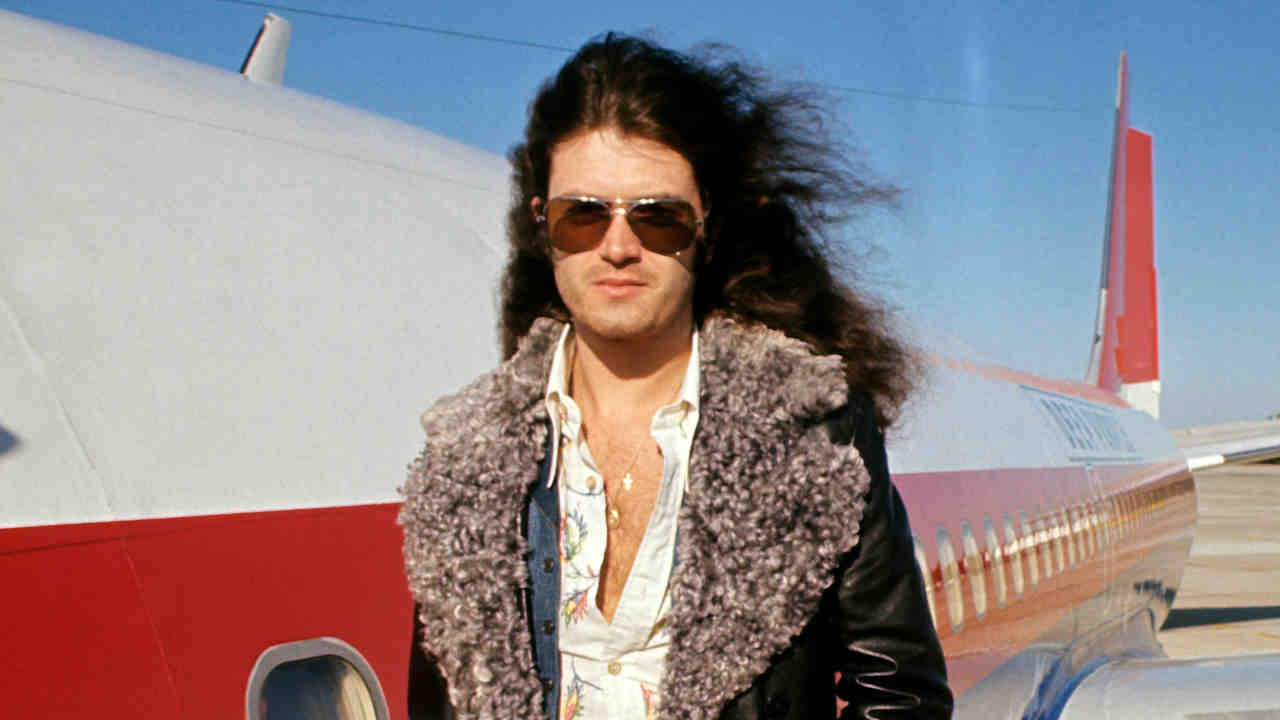
By the end of the 1980s, the future looked bleak for this one-time superstar. But salvation was around the corner in an unlikely form.
Bill Drummond and Jimmy Cauty were a pair of maverick electronic musicians who had notched up a UK Number 1 hit with their novelty 1988 Doctor Who-themed single Doctorin’ The Tardis, released under the name The Timelords.
By 1991, the pair were operating under the handle The KLF, and had pivoted towards more serious forms of electronic music.
The pair were looking for someone to sing on an updated version of a trance song they’d released a few years earlier titled What Time Is Love?.
The powerful new version, renamed America: What Time Is Love?, reinvented the original as a full-on techno-rock anthem featuring a sample of the riff from Motörhead’s Ace Of Spades.
All they needed was someone with a screaming voice to match the song’s beefed up sound. Enter Glenn Hughes.
“We were originally supposed to be doing the song with Axl Rose of Guns N’ Roses, but he never turned up to the session,” The KLF’s Bill Drummond tod Joel McIver, co-author of Hughes’ 2011 autobiography Deep Purple And Beyond: Scenes From The Life Of A Rock Star. “I can’t remember who the fuck suggested Glenn, but as soon as they did I said, ‘What, that guy who I saw fronting Trapeze in 1971? Great idea!’”
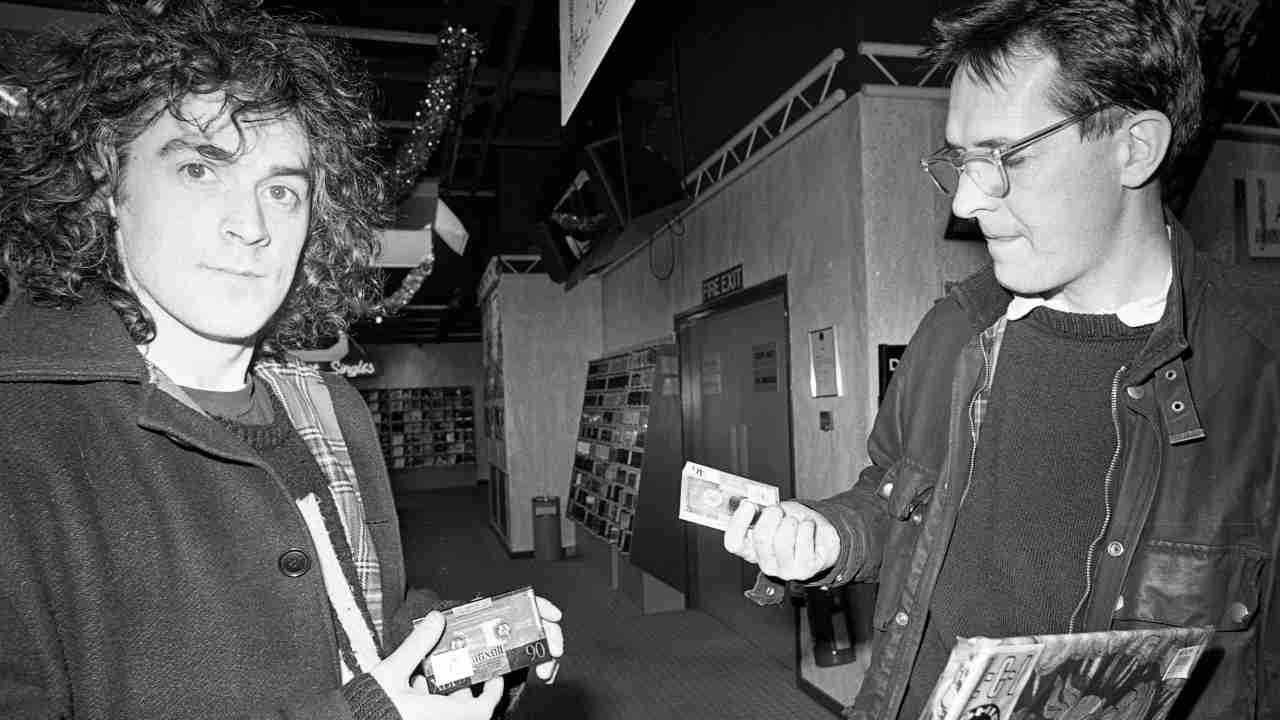
“We got a call from someone in the KLF’s camp - they were looking for me or Roger Daltrey to sing What Time Is Love?,” Hughes tells Classic Rock. “I went down to the studio to meet the two KLF guys, and within an hour I’d sung what you hear on the song.”
Drummond was impressed by Hughes’ professionalism.
“When he came in I assumed he’d be jaded and I wondered if he’d take the piss, because we’d worked with people who’d given us all kinds of attitude – but as soon as he went into the vocal booth, he was absolutely and utterly stunning,” he told McIver. “He was so full of energy.”
Little did Drummond know that Hughes was still in the grip of his bad habits.
“I don’t think they knew anything about my drug addiction in the studio,”’ the singer tells Classic Rock. “I never showed up high. But I figured: ‘Holy shit, this could be my pathway to a different career - something strange but wonderful. Maybe this is the opportunity for me to take a look at my addiction.’”
Irrespective of the state he was in, the finished song was the perfect collision between techno and rock, with Hughes giving it his all on the song’s chorus and offering up some ecstatic screams.
It was accompanied by a lavish video, filmed at London’s Pinewood Studios, which found Hughes and the extended KLF collective on a Viking-style boat being lashed by rain and stormy waves.
“They asked me to be in the video,” recalls Hughes. “I wasn’t drinking or on drugs that day, which was probably a good thing cos it was really hard work. But I was in a bad way.”
“He was brilliant and not at all fragile, because the video shoot was an ordeal, with tons of cold water flying everywhere and everyone getting soaked,” The KLF’s Jimmy Cauty told Joel McIver. “You can’t be fragile in that situation.”
America: What Time Is Love? was released as a single in the UK in February 1992 and reached No.4. The singer was credited as ‘The Voice Of Rock’ – a nickname he’d embrace in subsequent years.
It was the most successful thing Hughes had been in since the days of Deep Purple. But more importantly, recording the song convinced him that it was time to clean up.
“I very obviously knew that I had a problem,” Hughes tells Classic Rock. “People were so pissed off with me, but they were praying for me. I decided when I got home to see if I needed to go into the Betty Ford Centre.”
Hughes did indeed check into the Betty Ford Clinic in January 1992, though not before he suffered a heart attack on Christmas Day after one last crack binge.
Nor did sobriety take straight away. Hughes says he had “four or five relapses” before kicking alcohol and drugs once and for all in 1997.
While the success of America: What Time Is Love? didn’t lead directly to Hughes getting clean, he credits it with setting him on the path to sobriety.
“Working with the guys in The KLF was an incredible opportunity for me to get noticed again after being out of the picture for so long,” he says. “It gave me confidence. I owe them a lot.”
Classic Rock has teamed up with Glenn Hughes for a special ‘bundle’ edition of his new album, Chosen, featuring an exclusive coke-bottle clear vinyl version of the LP and the brand new issue of Classic Rock magazine featuring the singer on the cover with an extensive, career-spanning interview inside. Order it online here and have it delivered straight to your door.
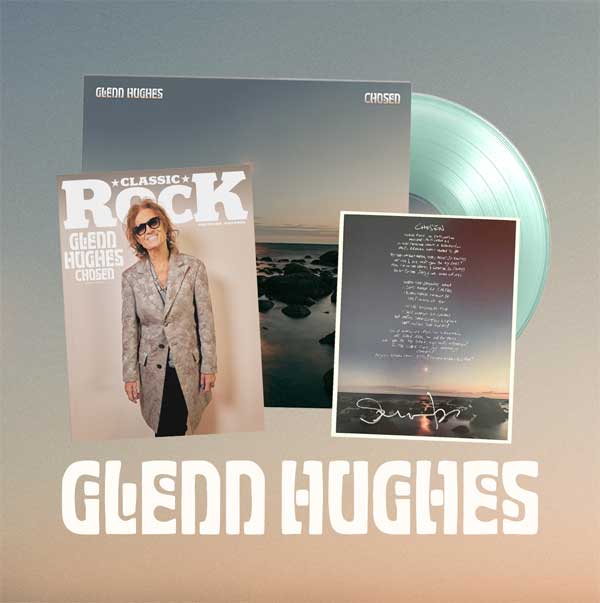
Dave Everley has been writing about and occasionally humming along to music since the early 90s. During that time, he has been Deputy Editor on Kerrang! and Classic Rock, Associate Editor on Q magazine and staff writer/tea boy on Raw, not necessarily in that order. He has written for Metal Hammer, Louder, Prog, the Observer, Select, Mojo, the Evening Standard and the totally legendary Ultrakill. He is still waiting for Billy Gibbons to send him a bottle of hot sauce he was promised several years ago.
You must confirm your public display name before commenting
Please logout and then login again, you will then be prompted to enter your display name.

